A revised workplace health and safety guideline to improve the protection of employees from physical or mental harm caused by bullying at work was published by the Ministry of Labor and went into effect yesterday.
The newly published guideline is the fourth edition of a set of rules with a focus on employers’ responsibility to protect employees, specifically in incidents of workplace bullying, said the ministry’s Occupational Safety and Health Administration (OSHA).
The revised guideline also includes measures a business should take to prevent employees from suffering physical and mental harm caused unlawfully by bullying at work and to conduct an investigation, it said.
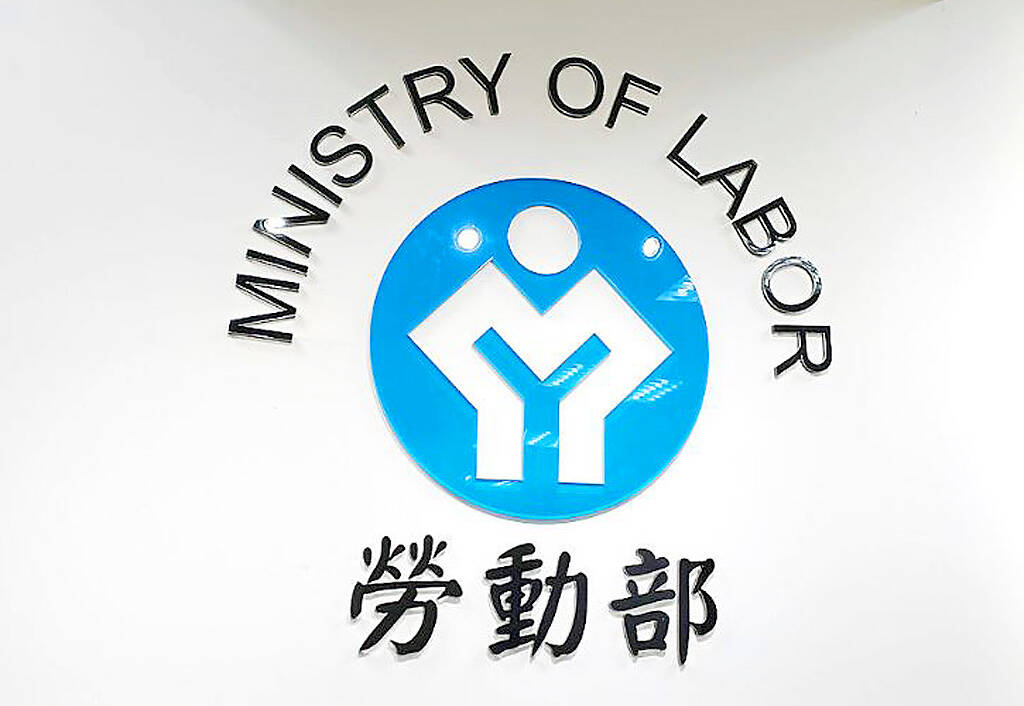
Photo: Lee Chin-hui, Taipei Times
The guideline was first introduced in 2014, and the latest edition is aimed at addressing workplace bullying, before a draft amendment to the Occupational Safety and Health Act (職業安全衛生法) focusing on the issue is passed by lawmakers, it added.
The ministry previously expected to send a finalized draft amendment to the Legislature in May at the earliest.
The issue of workplace bullying attracted public attention late last year following the suicide of a 39-year-old civil servant working at a regional branch of the ministry’s Workforce Development Administration in November. His death was later determined to be the result of his superior bullying him.
In addition to workplace violence and sexual harassment, new rules regarding bullying and discrimination have been added in the revised guidelines, said OSHA’s Occupational Hygiene and Health Division chief Chang Kuo-ming (張國 明) yesterday.
The unlawful acts that could cause harm to workers, such as the use of words or language, physical actions, and inappropriate telecommunication of online messages have also been listed as examples employers should look out for, according to Chang.
Businesses with at least 30 employees should set up a panel of at least three members to investigate complaints regarding inappropriate workplace behavior, preferably within three days, he said.
For businesses that have at least 100 employees, at least two members on the panel should be legal or medical experts or psychology specialists outside the businesses, he added.
For businesses with fewer than 30 employees, the investigation should be conducted by both employers and representatives of employees, ideally with outside experts, according to Chang.
Those in need of counseling or assistance can call the 1925 or 1995 hotlines or such services in other countries for help.
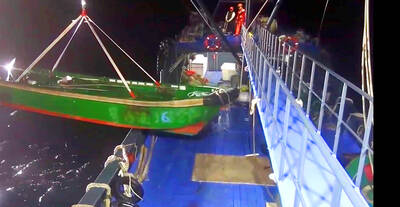
Taiwan yesterday condemned the recent increase in Chinese coast guard-escorted fishing vessels operating illegally in waters around the Pratas Islands (Dongsha Islands, 東沙群島) in the South China Sea. Unusually large groupings of Chinese fishing vessels began to appear around the islands on Feb. 15, when at least six motherships and 29 smaller boats were sighted, the Coast Guard Administration (CGA) said in a news release. While CGA vessels were dispatched to expel the Chinese boats, Chinese coast guard ships trespassed into Taiwan’s restricted waters and unsuccessfully attempted to interfere, the CGA said. Due to the provocation, the CGA initiated an operation to increase
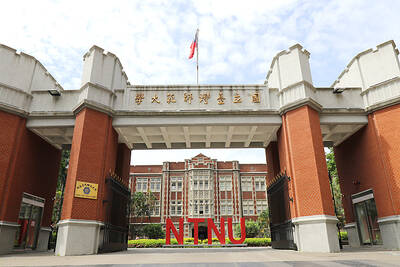
CHANGING LANDSCAPE: Many of the part-time programs for educators were no longer needed, as many teachers obtain a graduate degree before joining the workforce, experts said Taiwanese universities this year canceled 86 programs, Ministry of Education data showed, with educators attributing the closures to the nation’s low birthrate as well as shifting trends. Fifty-three of the shuttered programs were part-time postgraduate degree programs, about 62 percent of the total, the most in the past five years, the data showed. National Taiwan Normal University (NTNU) discontinued the most part-time master’s programs, at 16: chemistry, life science, earth science, physics, fine arts, music, special education, health promotion and health education, educational psychology and counseling, education, design, Chinese as a second language, library and information sciences, mechatronics engineering, history, physical education
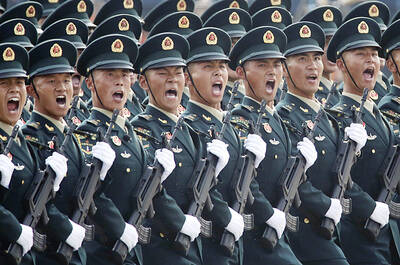
The Chinese military has boosted its capability to fight at a high tempo using the element of surprise and new technology, the Ministry of National Defense said in the Quadrennial Defense Review (QDR) published on Monday last week. The ministry highlighted Chinese People’s Liberation Army (PLA) developments showing significant changes in Beijing’s strategy for war on Taiwan. The PLA has made significant headway in building capabilities for all-weather, multi-domain intelligence, surveillance, operational control and a joint air-sea blockade against Taiwan’s lines of communication, it said. The PLA has also improved its capabilities in direct amphibious assault operations aimed at seizing strategically important beaches,
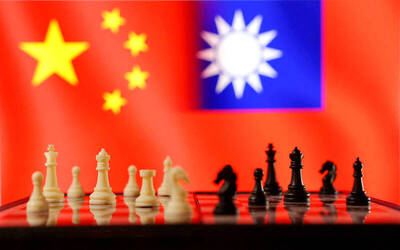
‘MALIGN PURPOSE’: Governments around the world conduct espionage operations, but China’s is different, as its ultimate goal is annexation, a think tank head said Taiwan is facing a growing existential threat from its own people spying for China, experts said, as the government seeks to toughen measures to stop Beijing’s infiltration efforts and deter Taiwanese turncoats. While Beijing and Taipei have been spying on each other for years, experts said that espionage posed a bigger threat to Taiwan due to the risk of a Chinese attack. Taiwan’s intelligence agency said China used “diverse channels and tactics” to infiltrate the nation’s military, government agencies and pro-China organizations. The main targets were retired and active members of the military, persuaded by money, blackmail or pro-China ideology to steal